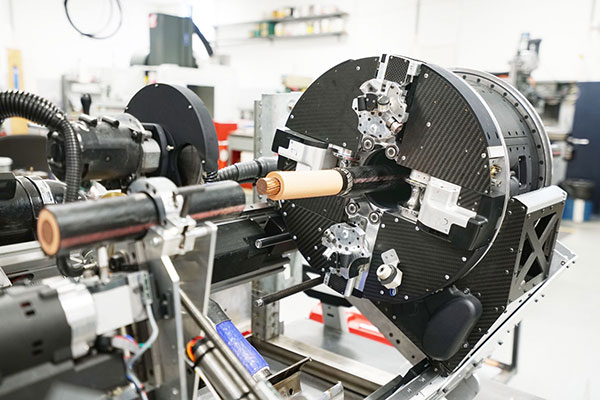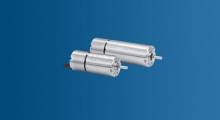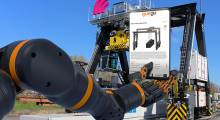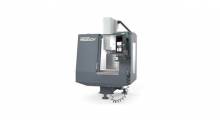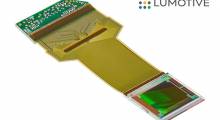ULC Technologies and Con Edison Company, both of New York, have recently developed and field tested a machine that automates the termination of medium voltage cables to enable more reliable and resilient connections within the power grid and improve the safety of utility workers.
This new field-demonstrable prototype Cable Splicing Machine will allow utility workers to improve the repeatability and consistency of critical connections within the electric grid by automating cable end preparation while minimizing worker exposure to high voltages.
Safety at the forefront
“At Con Edison worker safety is paramount,” said Patrick McHugh, senior vice president, Con Edison Electric Operations. “The technology used in this tool will enable our workers to splice high voltage cables, efficiently, uniformly and most importantly more safely.”
ULC Technologies has created an automated cable-end preparation system capable of performing complex operations on medium voltage feeder cables in underground vaults. The primary drivers for this technology are to improve the safety of utility workers, shorten the overall feeder outage duration to reduce the stress on the grid and improve network resiliency. This is particularly important as underground distribution feeder outages occur during adverse weather conditions such as heat waves and storms that place significant stress on the electric grid.
The machine consists of several independent subsystems controlled through a centralized processing computer and user interface.
Improved tooling to help future development
“The Cable Splicing Machine can be secured onto the middle of an uncut cable in the field and uses electrical actuators to provide precise coordinated motion along the axial and circumferential directions, including continuous 360-degree operation,” said Ali Asmari, director of infrastructure operations at ULC Technologies. “The machine’s tool plate consists of numerous tools capable of stripping back each layer of the cable to a desired dimension using precision tool depth controls.”
Tooling has been updated to improve the robustness and adaptability so different types of cables can be addressed even faster than before with future development. Several auxiliary subsystems carry out additional steps such as shorting and cutting the cable. This, in combination with live camera feeds, allow an operator to successfully monitor and verify the process from beginning to end from outside the manhole with no physical human intervention.
ULC Technologies and Con Edison began field trials of the cable splicing machine in 2024. After the splicers lowered the machine into the structure and then inserted the cable inside the machine, the machine completed three autonomous operations to prepare the cable in approximately 25 to 30 minutes per each phase of the medium voltage cable.
In March 2023, ULC announced that its CISBOT recorded over 50,000 seals inside live gas mains in the U.S. and U.K. over the previous 15 years. It’s robotics-as-a-service (RaaS) offering helped enable gas pipeline inspection and repair with minimal disruption to the public.
Article topics
Email Sign Up

